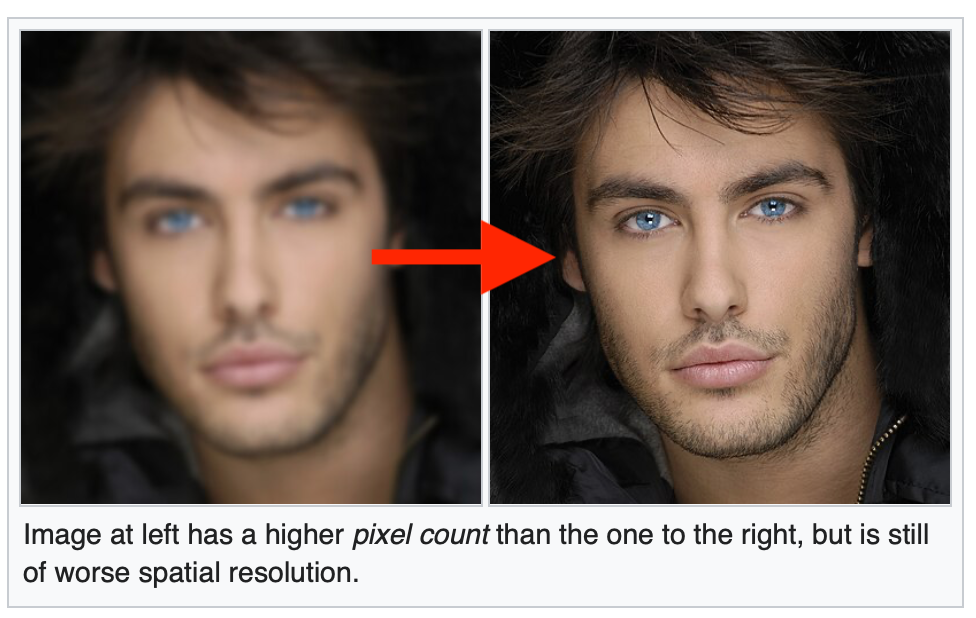Image upscaling has become an increasingly useful technology in recent years. It allows you to increase the size and resolution of digital images while preserving detail and sharpness. But how exactly does it work? In this article, we’ll provide an overview of the different techniques used for image upscaling and the technology behind them.
What Is Image Upscaling?
Upscaling refers to the process of increasing the total number of pixels in a digital image – image resolution. This allows a small, low-resolution image to be enlarged while adding extra detail and resolution. The goal is to enlarge and enhance a image so that it looks natural and sharp when viewed or printed at bigger sizes.
Why Upscale Images?
There are several reasons you may want to upscale an image:
- Enlarge a small image for printing without losing quality,
- Enhance detail in a blurry image,
- Increase resolution for use online or in high-res displays,
- Blow up a small old photo while preserving clarity.
Without upscaling, simply enlarging a low-res image tends to look pixelated and fuzzy. Upscaling algorithms intelligently sharpen and add realistic detail.
How Does Image Upscaling Work?
Image upscaling relies on sophisticated interpolation algorithms to “guess” what the extra added pixels should look like. There are a few main techniques:
- Bicubic Interpolation
This classic method estimates values of new pixels by averaging surrounding pixels. It produces smoother edges but can result in blurrier detail. - Lanczos Resampling
Uses a more advanced formula for interpolation that better preserves sharpness. It can produce sharper results but may introduce some ringing artifacts. - AI-Based Upscaling
The most modern technique uses deep learning artificial intelligence to dramatically enhance detail and resolution. AI has been trained on millions of image pairs to smartly recreate detail where none existed. This produces the best results but requires immense computing power.
Powerful AI upscalers like Nvidia’s DLSS use deep learning super sampling to massively boost game graphics. Meanwhile services like Remini use AI specifically for enlarging faces.
The Future of Upscaling
As AI and machine learning advance, image upscalers will keep improving. In the future, we may see upscalers that can realistically expand images while predicting logical new detail – going beyond what their input pixels contain. For now, deep learning offers the most sophisticated way to enlarge images far beyond traditional interpolation.
One up and coming AI Image Upscaler called Magnific AI leverages cutting edge generative adversarial networks to produce stunning upscaling quality that goes beyond what leading solutions can offer. It sharpens and adds realistic detail through intelligent predictions instead of just guessing pixel values.
Read related articles:

